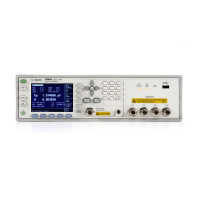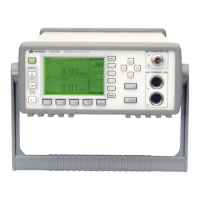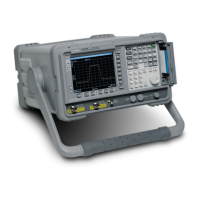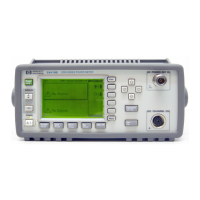Product Information
885
By pressing Display > Data -> Mem, the contents of the corrected data array
will be copied to this array. The user is allowed to read/write data from/to
the corrected memory array.
Equation Editor
Equation Editor is a function available in Firmware revision A.08.0x or later
that allows users to use a custom equation to display data in the E5071C.
Equation Editor can be accessed through Display > Equation Editor.
Data Math
Data processing is carried out using the corrected data array and the
corrected memory array. Four types of data processing addition,
subtraction, multiplication, and division are available.
Electrical Delay/Phase Offset
An electrical delay and a phase offset are applied to each trace. By setting
an electrical delay, a linear phase that is proportional to the frequency will
be added or subtracted. On the other hand, setting a phase offset adds or
subtracts a phase that is constant throughout the frequency range.
Incidentally, data processing performed from this point on in the flowchart
is applied to both the data array and the memory array.
TDR Data Array
The results from all data processing done up to this point are stored in this
array. The user is not allowed to access (read/write) this data array.
TDR Memory Array
By pressing Display > Data -> Mem, the contents of the TDR data array
will be copied to this array. The user is not allowed to access (read/write)
this memory array.
Data Format/Group Delay
Complex data consisting of the real parts and the imaginary parts are
converted into scalar data according to the data format of user's choice.
Group delays are also calculated here.
Smoothing
By enabling the smoothing function, each point in a sweep measurement
will be replaced by a moving average of several measurement points
nearby. The number of points used in calculating a moving average is
determined by the smoothing aperture set by the user. The smoothing
aperture is defined by a percentage against the sweep span.
Formatted Data Array/Formatted Memory Array
All results from data processing are stored in the formatted data array and
the formatted memory array. The marker functions are applied to these
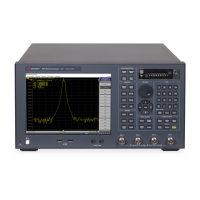
